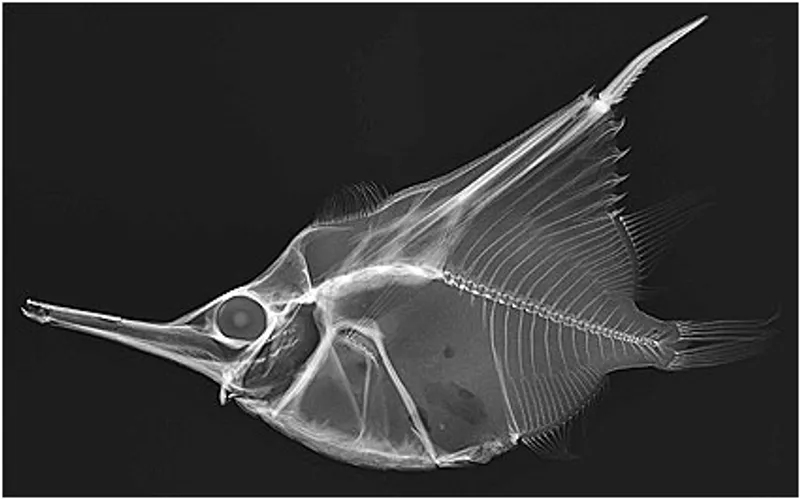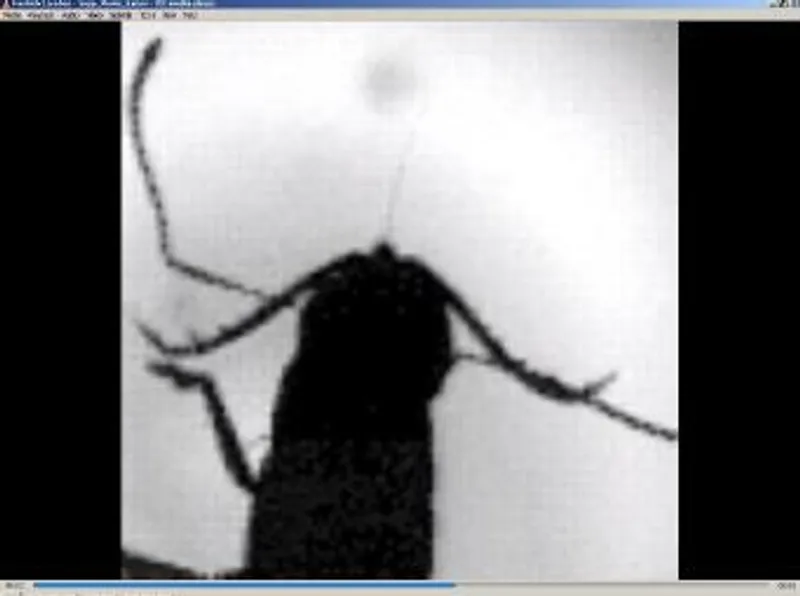Published on FEB 08 2012 by National Museum of Natural History
Smithsonian Exhibition “X-Ray Vision: Fish Inside Out” Gives Visitors a Unique Look into the Creatures of the Ocean

The National Museum of Natural History has opened its newest temporary exhibition “X-Ray Vision: Fish Inside Out.” It features the X-ray images Smithsonian scientists use to better understand Earth’s underwater ecosystems. Visitors will be able to share in the beauty, biology and diversity of 40 breathtaking images. Specimens include such marvels as the winghead shark, a pancake batfish, a bulbous deep sea angler and an ox-eyed oreo as well as the mysterious coelacanth, a prehistoric fish thought to have gone extinct alongside the dinosaurs until it was rediscovered in 1938. The exhibition will be on display through Aug. 5, after which it will travel to 10 different cities as part of the Smithsonian Institution Traveling Exhibition Service (SITES) before completing its tour in 2015.
A year after the first X-ray machine was invented in 1895, the new technology was already being used in the medical field. This tool is imperative to the medical profession and archaeology, as well as many other research fields, because it helps scientists gather important information about the internal biology of the specimens they study. For example, an X-ray of a fish can illuminate essential aspects of their lives such as food preferences, growth patterns and evolutionary variations among species. Differences in habitat, size and adaptations can be observed through the skeleton, helping scientists determine how species survive in different environmental circumstances. These features are crucial in a world with increasing environmental changes. Before the discovery of the X-ray, scientists could only obtain these insights through dissection, which took time, energy and was ultimately destructive to the specimen. X-rays give fish experts, also known as ichthyologists, a fast, easy and nondestructive way to enhance their research. All X-rays and fish photographs were taken by Sandra Raredon, museum specialist in the Division of Fishes at the National Museum of Natural History.
“The comparative study of fish skeletons tells the story of fish evolution and diversity,” said Lynne Parenti, curator of fishes and research scientist at the museum. “Sandra Raredon and I did this exhibition in part so that others could experience some of the beautiful and biologically complex images that Smithsonian ichthyologists and their colleagues worldwide are privileged to work with every day.”
This exhibition was developed by SITES in collaboration with the Natural History Museum, with additional support from the South African Institute for Aquatic Biodiversity and Scripps Institution of Oceanography. The next venue for the SITES tour will be the Lubeznik Center for the Arts, in Michigan City, Ind., where it will be in display Nov. 18–Aug. 25. The fine prints were produced by National Geographic.
Read the original press release
Written by National Museum of Natural History
← Home
